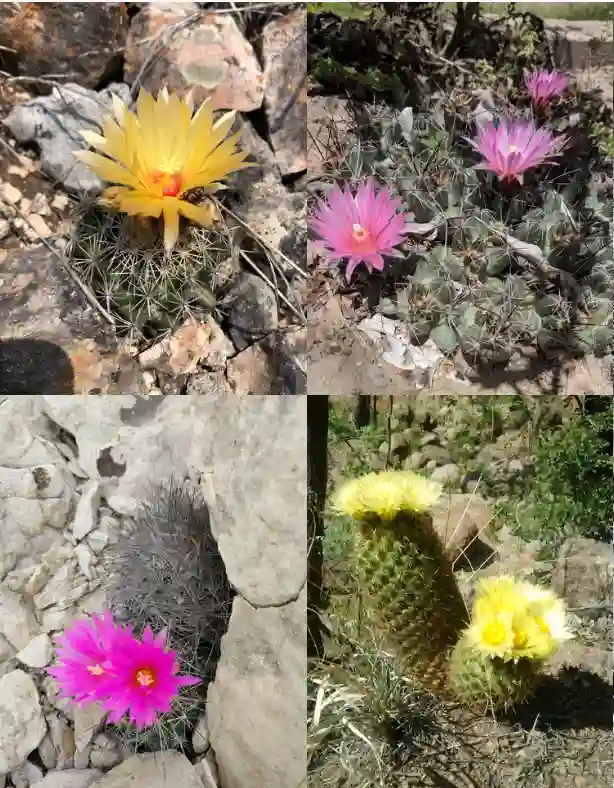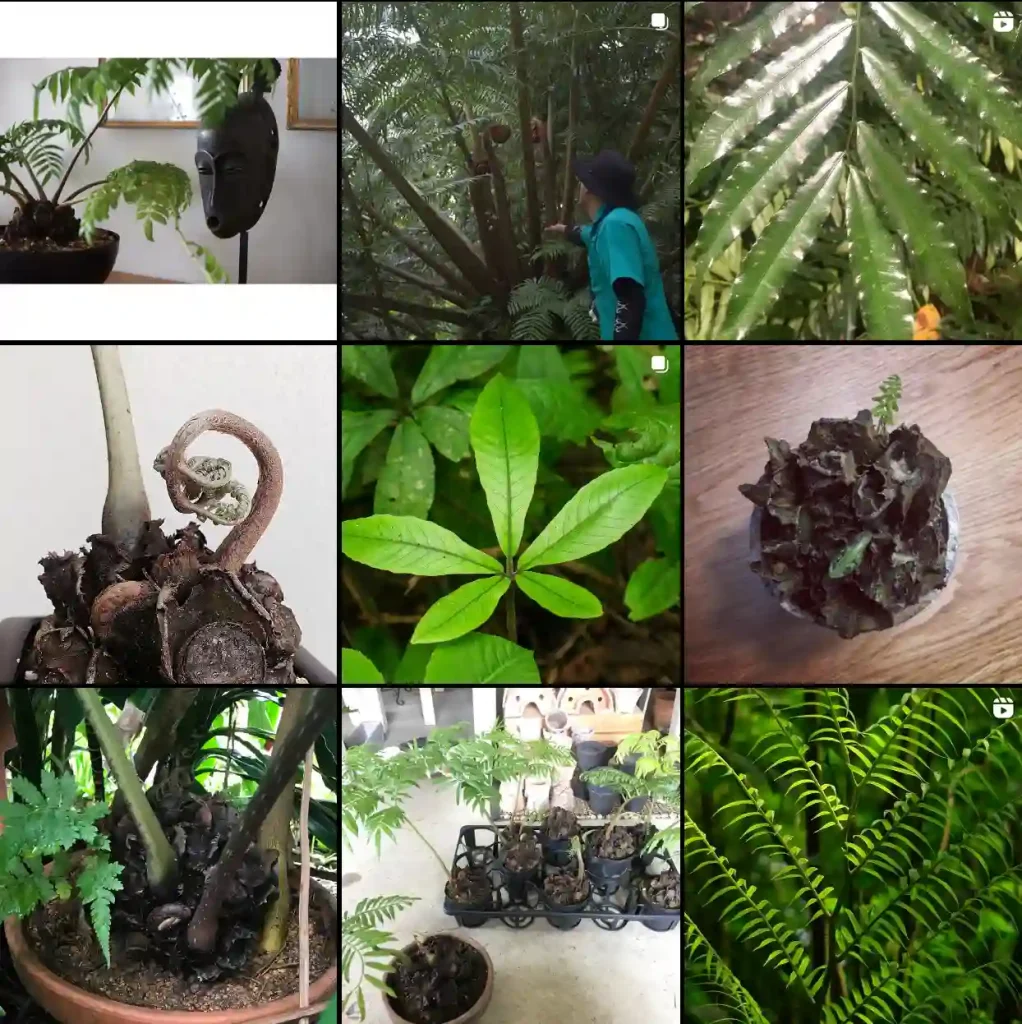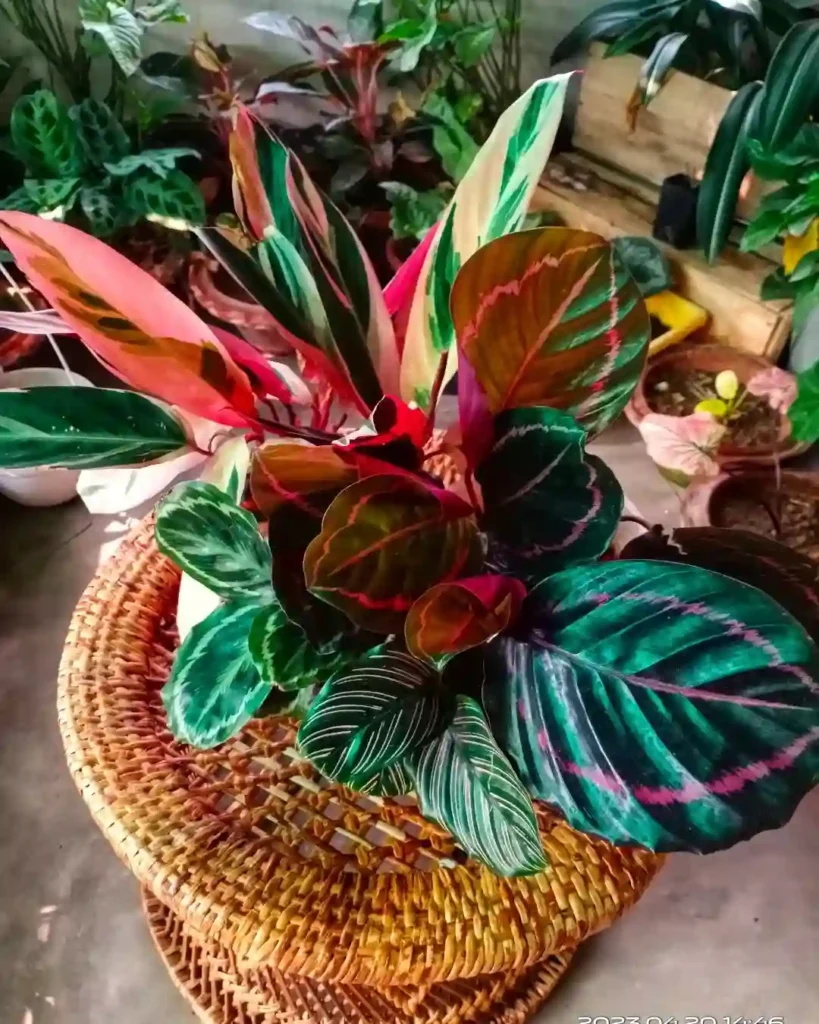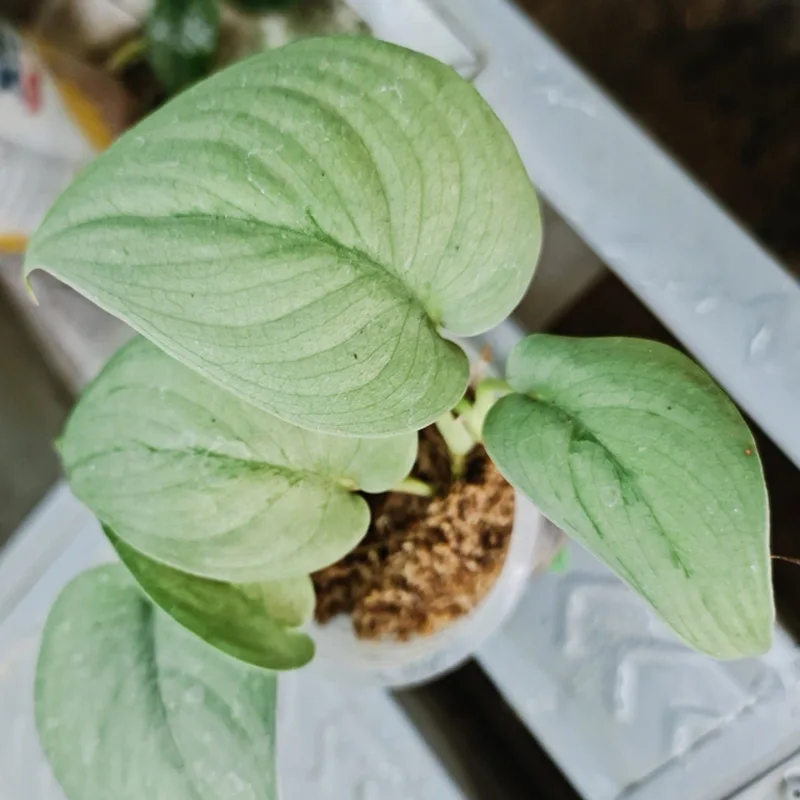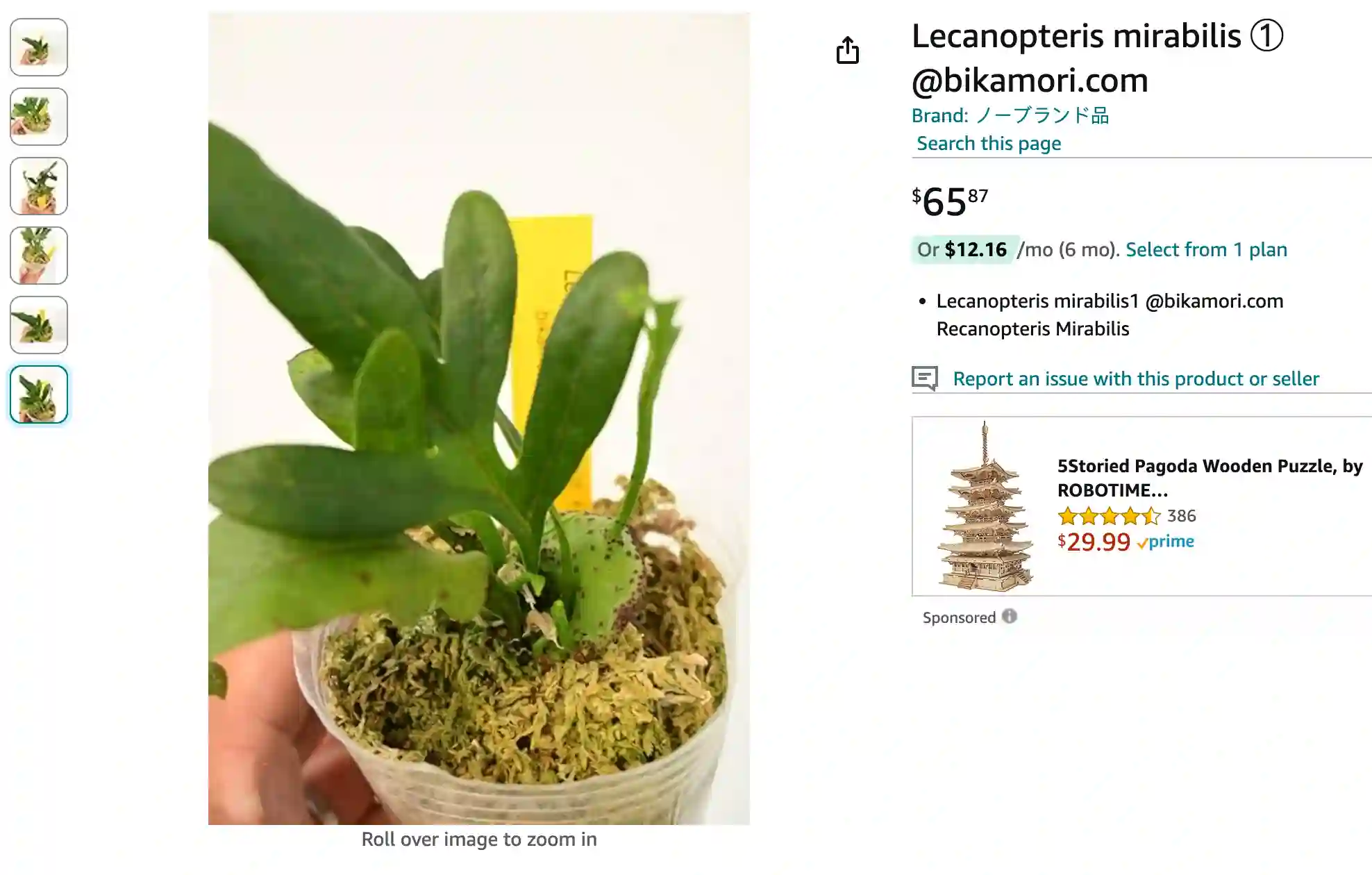
Lecanopteris Mirabilis: The Wonderful World of Antless Ant Ferns
Greetings, plant enthusiasts! I’m Ferb Vu, and today we delve into the fascinating world of Lecanopteris mirabilis, also known as the Wonderful Ant Fern. This tropical beauty stands out not just for its stunning foliage but also for its unique relationship with ants – or the lack thereof.
What is Lecanopteris Mirabilis?
Lecanopteris mirabilis is an epiphytic fern native to the rainforests of Papua New Guinea and Sulawesi. Its name, derived from Greek, translates to “wonderful wing,” referencing its spectacular fronds. These fronds boast a glossy sheen and a captivating network of reddish veins, adding a touch of elegance to any indoor space.
Unlike its close relatives in the Lecanopteris genus, L. mirabilis doesn’t form the characteristic hollow rhizomes (underground stems) that house ant colonies. This peculiarity sets it apart and makes it a darling among collectors seeking a low-maintenance, ant-free fern experience.
Lecanopteris Mirabilis vs. Other Lecanopteris Species
While L. mirabilis lacks the ant-housing structures, it shares many characteristics with its ant-associated cousins. Here’s a quick comparison:
- Rhizomes: Most Lecanopteris species, including L. celebica and L. crustacea, form hollow, scaly rhizomes that provide shelter for ant colonies. These ants, in turn, offer protection from herbivores and contribute nutrients through their waste. L. mirabilis, however, has flat, non-hollow rhizomes that don’t house ants.
- Light: All Lecanopteris species prefer bright, indirect light. Direct sunlight can scorch the fronds.
- Humidity: They thrive in high humidity environments, mimicking their rainforest origins. Grouping plants together or using a humidifier can create a more favorable microclimate.
- Watering: Regular watering is crucial, but avoid soggy conditions. Allow the top inch of potting mix to dry slightly between waterings.
- Temperature: Warmth is key. Aim for temperatures between 65°F and 80°F (18°C – 27°C).
Ferb’s Pro-Tip: L. mirabilis might not have the ant symbiosis, but it still benefits from occasional misting to maintain humidity levels.
Is Lecanopteris Mirabilis Easy to Care For?
Absolutely! L. mirabilis is a forgiving houseplant. Here’s a breakdown of its care requirements:
- Light: Provide bright, indirect light. South or east-facing windows are ideal.
- Temperature: Maintain a warm environment between 65°F and 80°F (18°C – 27°C). Avoid cold drafts.
- Humidity: High humidity is preferred. Grouping plants together, using a pebble tray, or employing a humidifier can help.
- Watering: Water regularly, allowing the top inch of soil to dry slightly between waterings. Don’t let the plant sit in water.
- Fertilizer: A balanced, diluted liquid fertilizer applied monthly during the growing season (spring and summer) can promote healthy growth.
Ferb’s Note: L. mirabilis is generally pest and disease resistant. However, keep an eye out for mealybugs and scale insects, which can be treated with insecticidal soap or neem oil.
Where Can I Buy Lecanopteris Mirabilis?
L. mirabilis can be a bit trickier to find than common houseplants. Online retailers specializing in rare or unusual plants often carry it. Alternatively, consider joining plant swap groups or forums to connect with fellow enthusiasts who might propagate their own stock.
Propagation:
While propagation through spores is possible, it’s a complex process for beginners. The easiest method is through division. If your L. mirabilis matures and forms sizeable clumps, you can carefully divide the rhizomes to create new plants.
Mounting:
Lecanopteris mirabilis can be grown in pots with a well-draining orchid mix. However, it thrives when mounted on a driftwood or cork bark piece. This mimics its natural epiphytic growth habit and allows for better air circulation around the roots.
Ferb’s Fun Fact:
Did you know some believe Lecanopteris mirabilis possesses air-purifying properties? While research is ongoing, it’s a delightful bonus to this already charming fern.
Similar Plants: If you find L. mirabilis elusive, consider Staghorn Ferns (Platycerium spp.) These epiphytic ferns share similar light, temperature, and humidity preferences. However, they do form those fascinating ant-housing structures.
Conclusion: Embrace the Wonder of Lecanopteris Mirabilis
Lecanopteris mirabilis offers a unique combination of stunning aesthetics and easy care. Whether you’re a seasoned plant collector or just starting your indoor jungle, this “wonderful” fern is sure to add a touch of the exotic to your space. With its minimal maintenance needs and ant-free nature, L. mirabilis is an excellent choice for busy plant parents. So, embrace the wonder of this tropical gem and let it flourish in your home!
If i die, water my plants!
